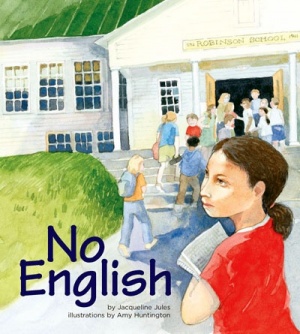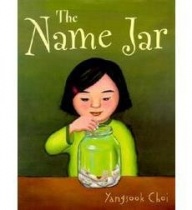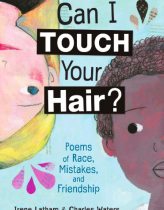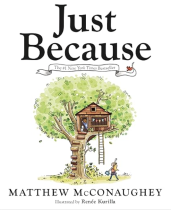Evaluation
I have been looking to find a book specifically for ESL students, and I think this one was very well written. In our ESL classroom and through the textbooks we have been reading, we have discussed the issues that may arise when a student is unable to speak English. I love how the author has Blanca drawing instead of writing and becoming angry on the playground when her classmate tries to jump rope with her. Not being able to understand the people around you is both frightening and frustrating for the ESL student as well as the students who are trying to make friends with their new classmate. Nevertheless, with patience and determination all students can be welcomed into a classroom no matter where they come from.
This picture book actually described many activities that a teacher might consider when differentiating instruction. This book makes the point that students may not always be able to communicate their feelings through written words. Instead, the students should express themselves in ways that make them feel comfortable. In this story Blanca drew pictures to explain her family. The teacher may need to label various objects around the classroom using both a Spanish and an English label to encourage bilingualism in the classroom. There are also many multicultural books that include two languages in one book like the one that Blanca took out of the school library. The more visuals and scaffolds the teacher provides within the classroom, the faster a student will learn the language. As we have mentioned many times in class, it is essential to monitor the development of both the conversational language and the academic language of the student.
Lastly, I loved how the teacher in this story encouraged the students in the classroom to learn about the Argentinian culture by looking at websites on the internet and books in the library. It is important for students to learn about different cultures to eliminate biases such as, “She is weird.” When a student makes the effort to understand the culture of that individual, a positive attitude is more likely to develop regarding multiculturalism within the classroom.










